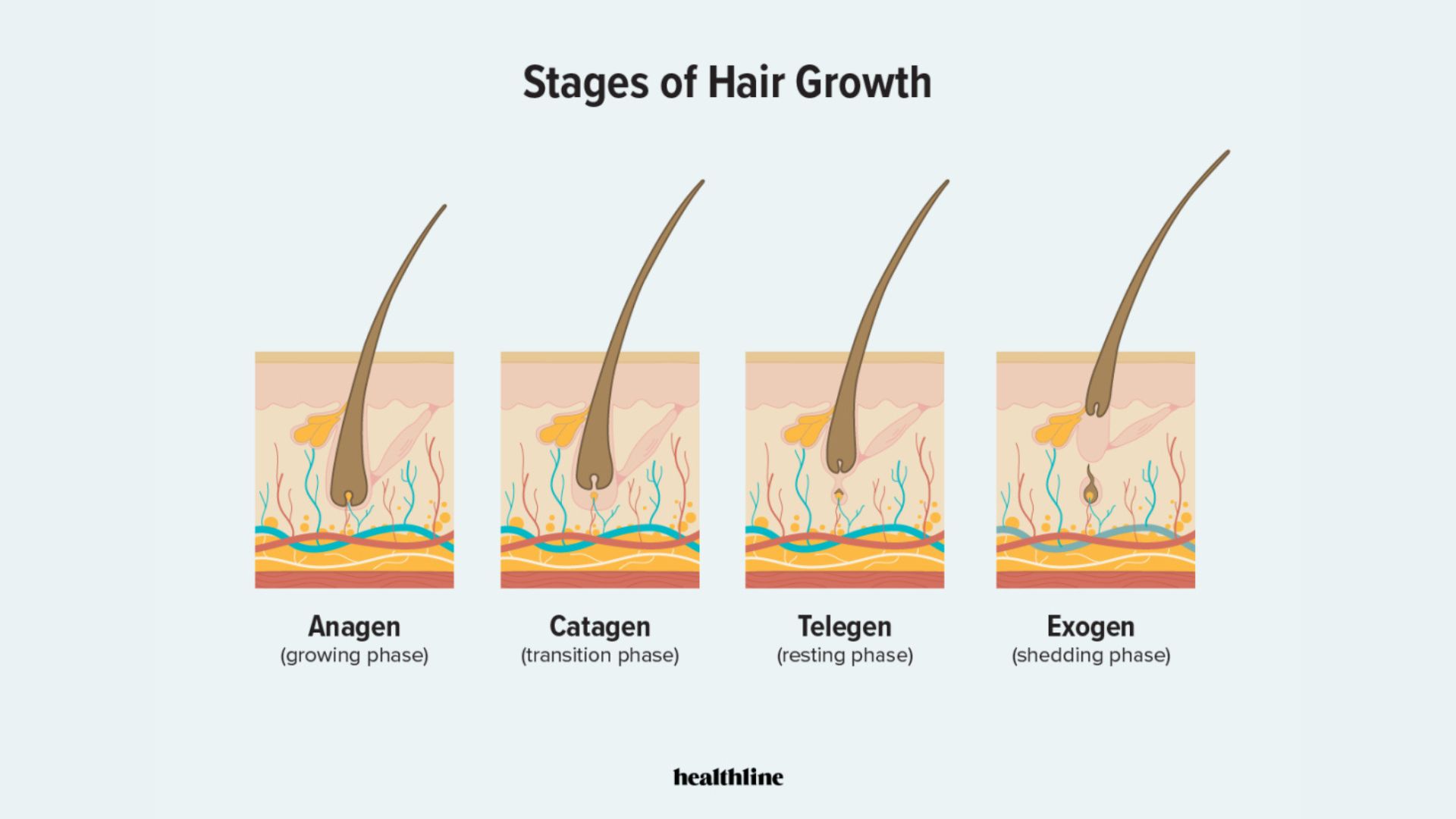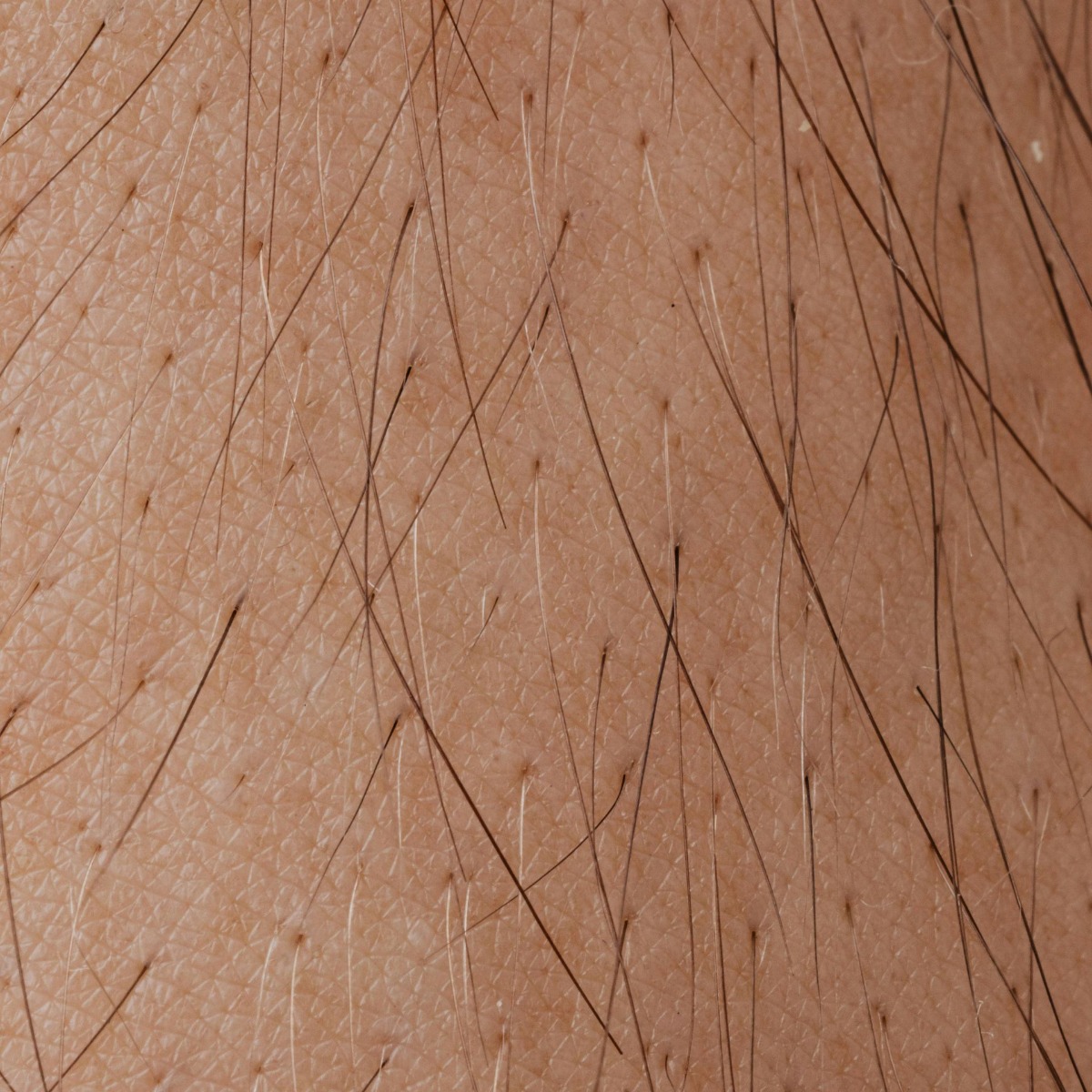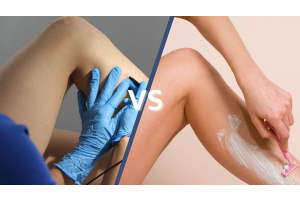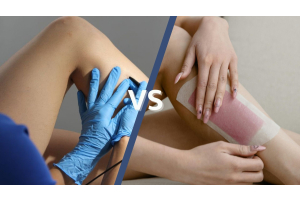Why Electrolysis Takes More Than One Session
Ever feel like hair removal is a never-ending game of whack-a-mole? You pluck one hair, and another seems to pop up in its place—not because your actions are slacking, but because your hair is secretly running on its own mysterious schedule. Welcome to the utterly fascinating world of the hair growth cycle—a biological ballet where each follicle follows its own rhythm. Understanding this cycle is the key to unlocking permanent hair removal results. Believe us when we say, patience really does pay off when it comes to smooth, hair-free skin.
At Nios Spa we often get the questions ‘how many sessions of Electrolysis do I need?” Well, the quick and easy answer is: it varies. If you read further we will tell you why it’s hard to make estimations, but also what you generally can expect from your electrolysis hair removal process.
Decoding the Hair Growth Cycle (and Why It Matters)
Your hair doesn't grow in unison—it dances through four distinct stages, each at its own rhythm (Healthline):
-
Anagen (Growth Phase): Active and anchored deep in the follicle—this is the electrolysis sweet spot. Fun fact: on the scalp, about 85–90% of hairs are in anagen at any moment, growing ~1 cm per month and staying there for 2–6 years. Body hair however is different: anagen is shorter and fewer follicles are in it at once. Translation: only the hairs currently in active growth (i.e., visible or just emerging) are fully treatable at a given visit. The rest must cycle into anagen over time—hence the need for consistent sessions across 12–18 months.
-
Catagen (Transitional Phase): A brief, two-week power-down where the follicle shrinks and detaches from its blood supply.
-
Telogen (Resting Phase): Follicles take a break for about 3 months, often culminating in the exogen phase, where old hairs are shed—about 50–100 per day.
-
Exogen (Shedding Phase): The farewell tour for old hairs before the cycle starts again.
So, now you know, all follicles operate independently (if they didn’t, we’d experience total baldness every few months).


Electrolysis vs Hair Growth Cycles
1. Targeting the Anagen Sweet Spot
Electrolysis is most effective during the anagen phase, when hair is firmly connected to the follicle’s growth base. Treating hairs in catagen or telogen is like trying to kill a ghost hair—it just doesn’t stick.
2. Stages = Sessions
Because follicles cycle at their own pace, scheduling multiple sessions several weeks apart ensures you're catching different hairs as they enter anagen.
3. Follicle Won’t Quit, So Neither Do We
Not all follicles respond the same—some might be laid-back, stubborn, or hormonally influenced. That’s why professional guidance and persistence are key.
Why Multiple Electrolysis Sessions Are Needed
Some people achieve permanent removal in just a few treatments (such as when a few sparse hairs grow on the face), while others require a longer course. Factors influencing treatment length include which area is being treated, hair density, and type of hair. Typically, most people achieve permanent results within 12-18 months of regular sessions (often once or twice a month to begin with, then every 1-2 months). It’s nuanced(!), but persistence pays off—electrolysis is the only FDA-approved method for permanent hair removal, and its effectiveness hinges on respecting these cycles.
Ready to demystify your hair’s timeline and get a personalized plan? Schedule a consultation at Nios Spa today—you’ll get a clearer estimate for the number of sessions you'll need, plus a roadmap to smooth skin.
Let’s catch those hairs in action!
* All timelines, costs, and results discussed are estimates only and not guarantees, as individual outcomes may vary.






